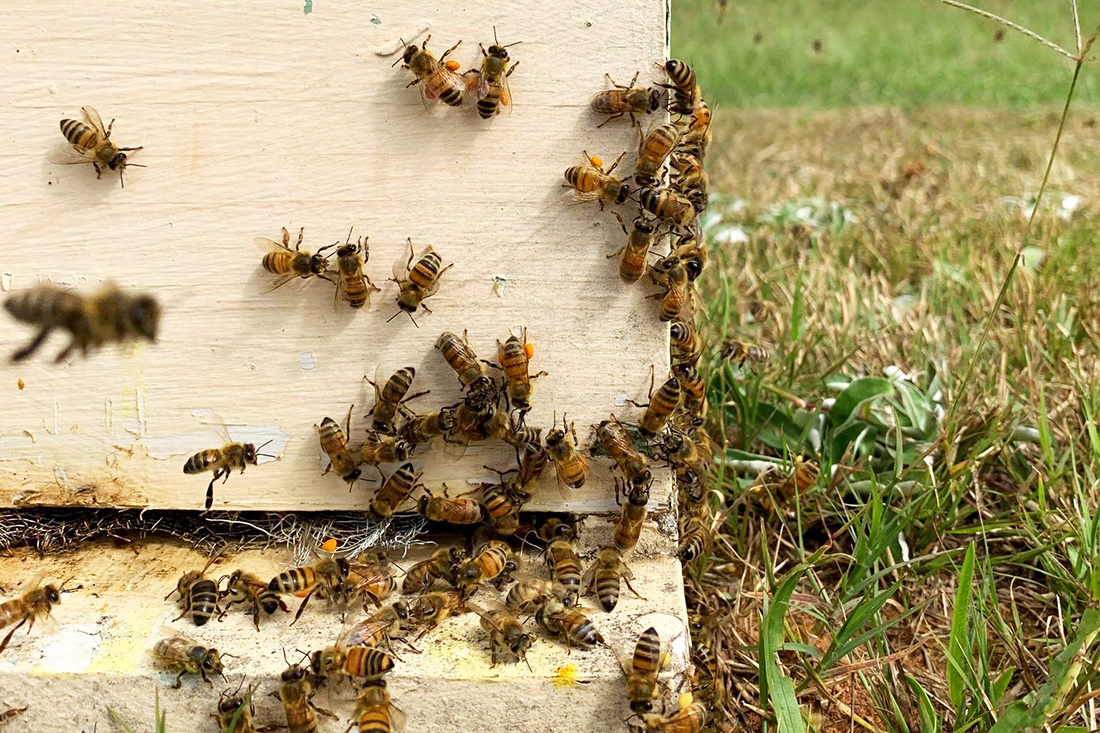In her lab at the Coastal Plain Experiment Station, Peggy Ozias-Akins searches for the genetic information that causes apomixis, a strange trait that allows a plant to produce a seed identical to itself: a natural clone.
The trait occurs naturally in many plants. But it's rare in domesticated plants. It doesn't happen in any major food crops, said Ozias-Akins, a horticulturist with the UGA College of Agricultural and Environmental Sciences.
"Apomixis is not a common trait but is more frequently observed in the grass and sunflower families," she said.
Faster, Better Crop Varieties
But if this asexual trait can be introduced to the genetic makeup
of crops, she said, scientists could develop better,
higher-yielding varieties faster.
Conventional breeding practices develop hybrids with desirable
crop traits. But because these hybrids reproduce sexually, the
good traits can change or disappear over time. Through apomixis,
a high-yielding corn plant could reproduce unchanged for many
generations and never compromise the yield.
Ozias-Akins hopes to get to the root of apomixis by looking at
the genetic makeup of a close wild relative of pearl millet.
Pearl millet is grown mainly for cattle feed. But the grain is
used in human diets in parts of the world. Pearl millet doesn't
have the apomixis trait itself. But its wild cousin does.
Hard to Find
Exploring the genome is painstakingly hard, she said. The area
believed to contain the information for apomixis is especially
tough.
"That particular area is a complicated region," she said. "And
we're still not sure if it's one or more genes that cause this
trait."
Technology is helping solve the problem. Normal breeding could
result in the quicker development of the apomixis trait in
certain crops, such as pearl millet. But gene-mapping and
sequencing will allow a more widespread adaptation to
agriculture, she said.
If she can find the exact gene or genes, the technology could
then be transferred into other crops much quicker than with
conventional breeding.
More Questions
There is concern that using technology to spread apomixis around
could cause unnatural uniformity in the variety of plants. Some
argue this could allow a disease or insect to wipe out entire
crop populations.
Ozias-Akins understands the concern. But she said apomixis,
because of the ease in creating hybrids, could actually increase
the number of varieties available for planting.
Exactly when apomixis technology would be available for farmers
is not certain. "It seems like with every question we answer, 10
more come up," she said.
The National Science Foundation recently awarded Ozias-Akins
a grant for $1.1 million to support her research into
apomixis.
The equipment and techniques for looking into the genome have
evolved since she began her research in the mid-1980s.
Ozias-Akins believes time is on her side. Every day she hones the
search for this genetic trait.






